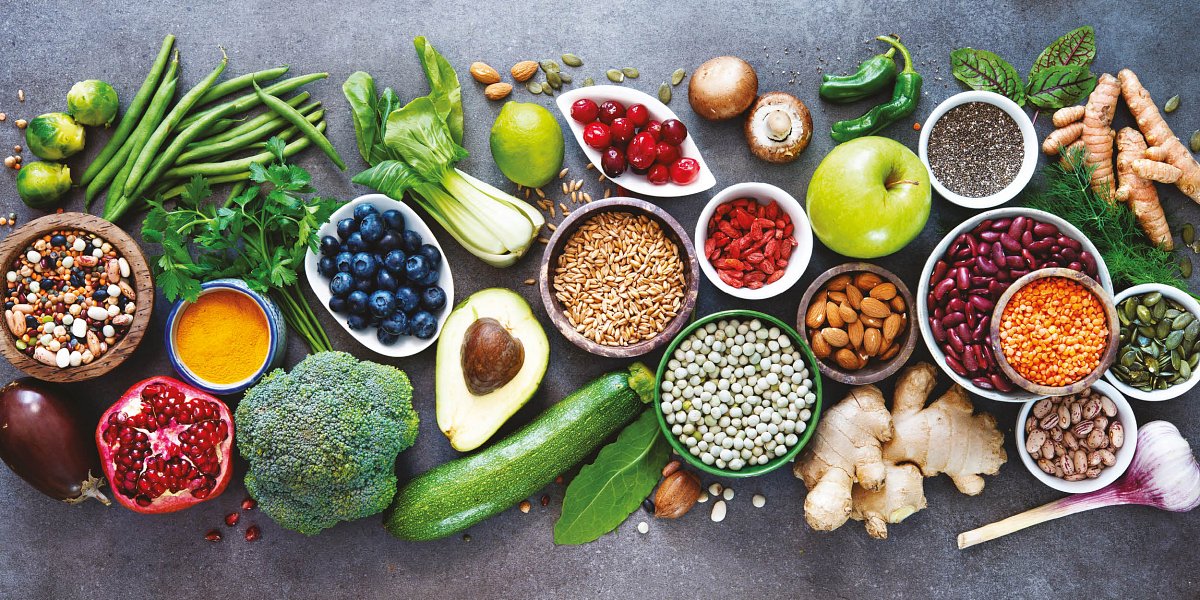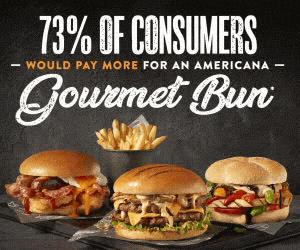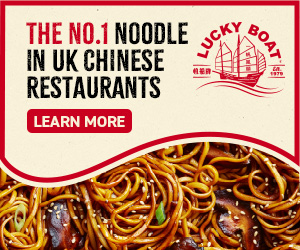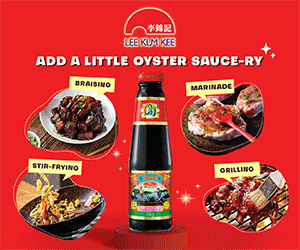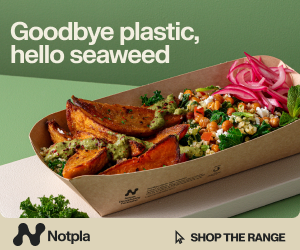Opinion: More than just a New Years resolution
When it comes to healthy eating, January is often seen as the month of change. Ekaterina Saveleva, marketing executive at Savanta reflects on the overall success of these changes

After the indulgence of Christmas, January is often seen as an opportunity to start fresh, with many taking the chance to improve their health and make changes to their diet. This is why manufacturers and retailers are ready with an influx of new products boasting health benefits. Two months on, consumers have reflected on their new year resolutions and although data from Savanta shows that appetite for healthy products is limited, there is potential to build on this with the right toolkit.
Health-related goals
Only 1 in 3 set health a related goal this January, but most expect to carry these through into 2024. Of those who did, 83% plan to continue with their goals beyond January, highlighting there are long-term benefits to be had if brands can successfully tap into the healthy eating market. Engagement must be sustained beyond the first month of the year in order to achieve sustainable growth in the category.
There are some generational skews to consider, with over half of Gen Z having set themselves a health-related resolution in early 2024, compared to just 17% of Baby Boomers. As they are more likely to have done so, Gen Z, as well as Millennials, are much more likely to have purchased a product with healthy endorsements in January (which they would not have usually purchased).
Protein products
Protein product ranges are most popular as consumers seek to make small, achievable changes. Smaller dietary changes, such as cutting back on sugary snacks (36%), are in favour, whilst more drastic changes were less favoured, including switching to a vegan (7%) or vegetarian diet (4%). As most consumers are not looking to completely overhaul their diet, it could be challenging for new healthy products to capture their attention.
High-protein items often come in the form of drinks, snacks, or ready-made meals and present an easy opportunity to make dietary changes, hence, this type of product was most likely to be purchased in January. Consumption is highest amongst Gen Z and Millennials, with around a quarter having purchased a high-protein item in January, followed by plant-based and meat-free products. These generations, therefore, present the biggest opportunity to drive forward new health-based ranges.
Nonetheless, older consumers do have some more specific health goals which these products could tap into if landed well. 29% of Baby Boomers set themselves the task of improving their gut health this year (the highest of any generation), yet are least likely to have purchased a gut health product at just 8%, identifying a potential barrier in the purchase journey for this audience.
Navigating the healthy-eating landscape
Just under half of Gen Z and Millennials find it difficult to determine which products offer real health benefits, and 4 in 10 feel overwhelmed by the influx of new products at the beginning of the year. It is therefore key for both brands and retailers to improve stand out, understanding, and navigation in this somewhat crowded market.
The recent M&S x Zoe collaboration is a prime example of how a well marketed product coupled with clear navigation can drive consumer engagement. Their marketing materials are bold, all harnessing a clear message about its health benefits – aligning to M&S’s wider drive for gut health products – and their in-store POS materials further help to differentiate and draw attention.



